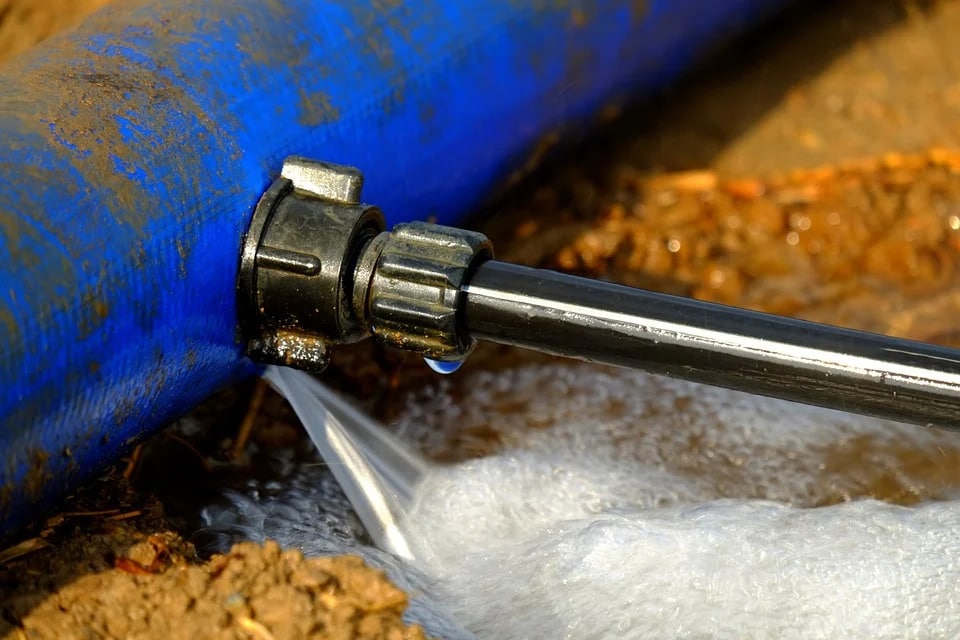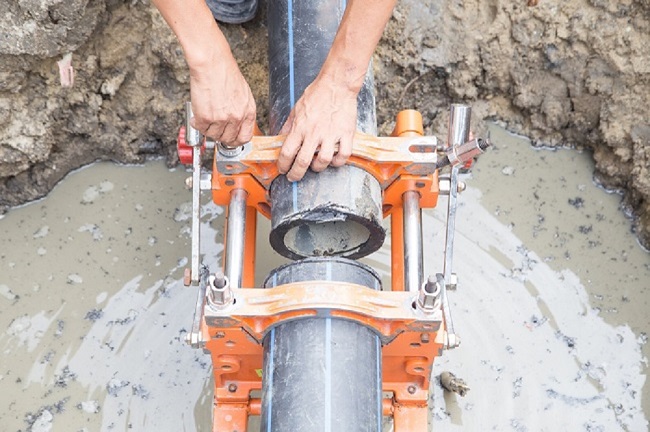The content down below in relation to How to install a dishwasher safely is quite stimulating. Try it and make your own personal findings.

A burst pipeline is a significant emergency; you can only stand as you enjoy water you pay dearly to reunite with the planet. In worse situations, you see a pool on your kitchen area flooring, which is a fantastic journey threat, especially if you have kids around. If the pipeline that ruptured was in your walls, bad news: you may require to paint that whole section.
How can a catastrophe like a ruptured pipe be stopped as well as handled? Well, by paying attention to your professional emergency plumbings as well as complying with these policies.
Just how do I recognize when my pipelines have burst?
Varying water stress
Pipes do not simply burst in a day. You might have seen that your kitchen tap or shower doesn't run promptly when you transform the tap. It might stop for a couple of seconds and then blast you with more force than typical.
In other instances, the water may seem typical in the beginning, after that decrease in stress after a couple of secs.
Damp wall surfaces and also water stains
Before a pipe bursts, it will leak, many times. If this consistent leaking goes unnoticed, the leak may graduate into a wide gouge in your pipe. One easy way to avoid this emergency is to look out for wet walls advertisement water discolorations. These water discolorations will certainly lead you right to the leakage.
Puddles under pipelines as well as sinks
When a pipeline bursts, the outflow forms a pool. It might show up that the pool is expanding in size, as well as regardless of how many times you mop the puddle, in a couple of mins, there's an additional one waiting to be cleaned up. Typically, you may not be able to trace the puddle to any kind of noticeable pipelines. This is an indication to call an expert plumber.
Untraceable leaking noises
Pipe ruptureds can take place in one of the most unpleasant places, like within concrete, inside walls, or under sinks. When your house goes quiet, you might be able to listen to an aggravatingly consistent leaking noise. Also after you have actually inspected your shower head and kitchen faucet, the leaking may continue.
Beloved visitor, the dripping may be originating from a pipeline inside your walls. There isn't much you can do about that, other than tell an expert plumber.
Shut down the Water
When water ices up, it broadens in volume by regarding 9 percent. As well as it broadens with tremendous pressure: The pressure inside pipes might go from 40 pounds per square inch to 40,000 psi! No pipe can hold that much stress, so it breaks open. The break might happen where the ice forms, yet more frequently, it occurs where water stress discovers a weak spot in the pipeline. That might be inches and even feet from the frozen location. Discover the water shutoff valve and switch off the water to avoid more damages. You may also need to shut down the electrical energy as well, relying on where the leaks takes place as well as how large it is.
Polluted water
Lots of people think a ruptured pipe is a one-way electrical outlet. Quite the contrary. As water drains of the hole or gouge in your plumbing system, impurities find their method.
Your water may be infected from the source, so if you can, examine if your water storage tank has any type of troubles. Nevertheless, if your drinking water is supplied as well as purified by the local government, you should call your plumber promptly if you see or smell anything amusing in your water.
What do I do when I spot a ruptured pipe?
Your water meter will remain to run also while your water wastes. To reduce your losses, locate the main controls as well as transform the supply off. The water mains are an above-ground structure beside your residential or commercial property.
How to Fix & Detect a Leaking Pipe
How Do I Know if a Pipe is Leaking?
Leak detection tests can help you determine if your pipe has a leak. Even if you don’t see an apparent leak, you should still conduct leak detection tests regularly to save water and money—and prevent major damage to your home.
Water meter. It can be helpful to figure out what your usual water meter usage numbers are and then monitor them regularly. To monitor your meter, first, turn off all water faucets in your home. Check the meter and write down the numbers. In a few hours, check the meter again. If the numbers have changed, you have a leak. Water gauge. Use a water gauge to test your water pressure. Your showerhead should produce a certain amount of water pressure based on its model and design. If the pressure is lower than it is supposed to be for that specific showerhead, your home likely has a leak. Puddles. Look inside your bathroom, laundry, and kitchen sink cabinets. Puddles around the cabinets or around toilets, tubs, showers, and washing machines indicate the presence of a leaking pipe. You may also notice loose tiles, peeling or flaking paint, or mold caused by water accumulation. Napkin test. Even if you don’t see any puddles, you may still have a leak. You can test for water leaks in the bathroom, laundry, and kitchen by wiping below-sink connections with a napkin, paper towel, or piece of toilet paper. If it becomes damp, you probably have a leaking pipe under the sink. Discolored walls. Walls that are discolored—usually with brown or yellow stains—or bulging might mean that they have been impacted by water damage caused by a leaking pipe. Smell. A leaky pipe will create sitting water, and over time, that water may develop a musty smell. If your home smells musty, but you can’t locate the source, it may be due to a leak. Steps for Fixing a Leaking Pipe
A leaky drain can be remedied by tightening the pipe base, replacing the drain seal, caulking the rim, and tightening the pipe nut. Similarly, a leaking toilet pipe can be treated by tightening the packing nut. You may also need to replace the valve. A leaky faucet may just need tightening or replacement of the washers. If that doesn’t work, consider replacing your faucet. If your pipe has a hole in it, you may want to use a pipe leak sealer or pipe leak tape. This quick fix for water pipe leaks can also temporarily fix a copper pipe leak. https://www.ahs.com/home-matters/quick-tips/how-to-tell-if-pipes-are-leaking/

Do you enjoy more info about How to install a dishwasher safely? Try leaving a comment down the page. We would be delighted to listen to your views about this content. In hopes that you come back again soon. Make sure you take the opportunity to share this entry if you liked it. I enjoy reading our article about How to Prepare for Your Dishwasher Installation.
Click On This Link